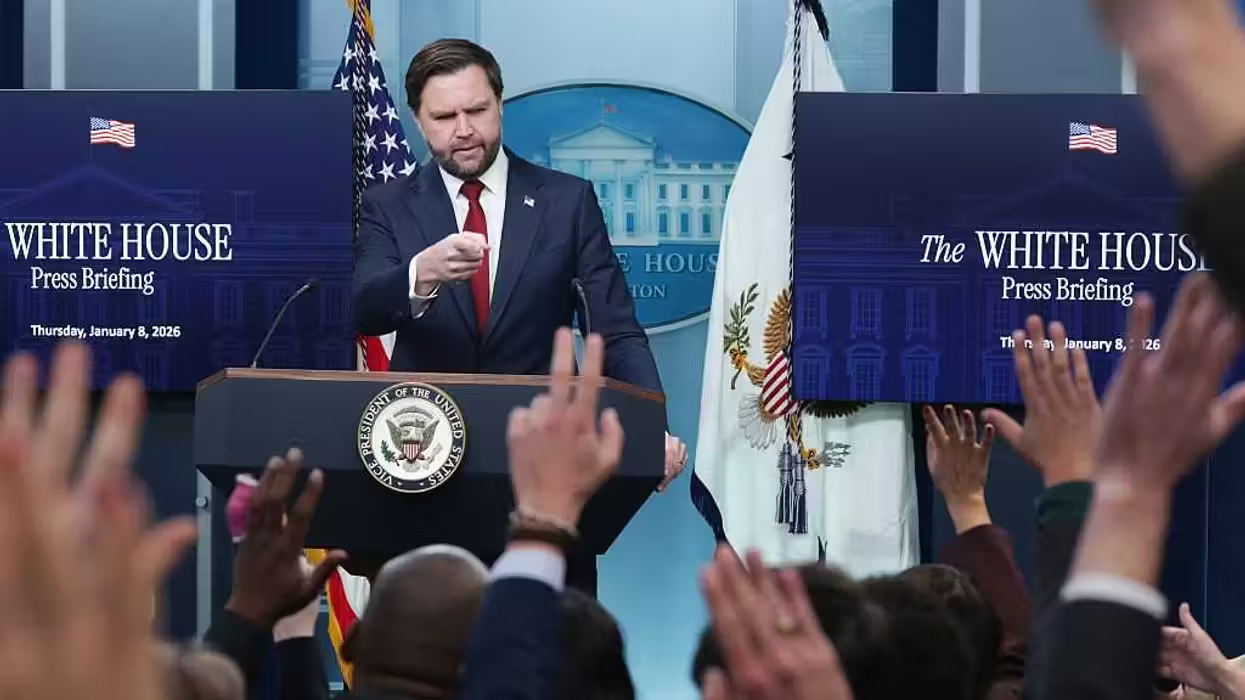
© 2026 Blaze Media LLC. All rights reserved.
Pull This Out of Your Pocket, Throw It Into the Air': See the Drone Modeled After a Maple Tree Seed
July 05, 2012
"dropping a thousand of these out of an aircraft."
Many drone manufacturers are pulling ideas from nature to create a variety unmanned aerial vehicles. Here on the Blaze we're shown you the quadrotors that swarm like bugs and the hummingbird drone as examples. Lockheed Martin has veered away from the animal kingdom with one of its newer designs and taken inspiration from the seed of a maple tree -- you may think of them as those "helicopter" seeds.


Lockheed announced the successful flight of this drone -- the Samarai -- last year but has more recently released a video demonstrating how it works and explaining the technology. Check it out:
Talking Points Memo recently spoke to Lockheed about the drone, which began development in 2007 as part of DARPA's "nano air" project. Bill Borgia, head of the company's Intelligent Robotics Lab, told TMP to imagine "dropping a thousand of these out of an aircraft. Think about the wide area over which one collect imagery. Instead of sending one or two expensive, highly valuable aircraft like we do today, you could send thousands of these inexpensive aircraft, and they are almost expendable.
“You can literally pull this out of your pocket, throw it into the air, and it can start flying,” Borgia told TPM. “It can take off and land vertically indoors.”
So, if the drone spins like a maple seed, wouldn't the video footage captured by it be nauseating? Borgia said a computer algorithm "de-rotates" the video into a form "similar to what you would see on any basic TV."
Borgia declined to tell TMP, how long the drone can remain in the air and who its current and potential customers for it are.
According to Lockheed Martin's announcement of the drone's flight last August, it was printed using 3-D printing technology, weighs less than a half a pound and is 16 inches long.
Use of a 3-D printer to create the drone reduces production costs and greatly increases the speed and quantity with which they can be created.
(H/T: SlashGear)
Want to leave a tip?
We answer to you. Help keep our content free of advertisers and big tech censorship by leaving a tip today.
Want to join the conversation?
Already a subscriber?
more stories
Sign up for the Blaze newsletter
By signing up, you agree to our Privacy Policy and Terms of Use, and agree to receive content that may sometimes include advertisements. You may opt out at any time.
Related Content
© 2026 Blaze Media LLC. All rights reserved.
Get the stories that matter most delivered directly to your inbox.
By signing up, you agree to our Privacy Policy and Terms of Use, and agree to receive content that may sometimes include advertisements. You may opt out at any time.






